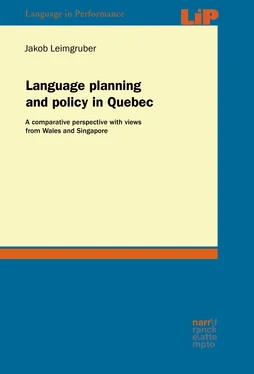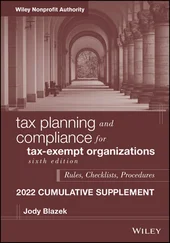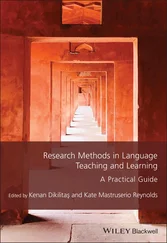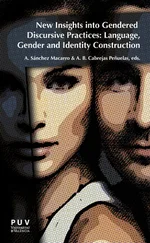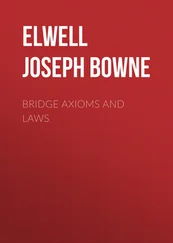There were other factors, of course. For instance, the age-old influence of the Catholic church on every aspect of private and public life, began to decline, with the province effectively secularised by the end of the 1960s (Wardhaug, 1983, 64). It was the Roman Catholic Church that administered welfare and education, with the result that much of public administration was carried out along denominational lines. The secularisation that began in the wake of the Second Vatican Council (1962–1965) also saw many of these social services coming under the direct administration of the provincial state – although it was only in 1997 that the school system was fully secularised in Quebec, and separated no longer along religious lines, but into a French-language and an English-language system.
The 1960s were also a time when Quebec nationalism regained in importance. Bothwell (2007, 438) situates this in the larger context of postwar decolonisation, which had seen ‘European colonial empires collapse almost completely’ in various now ex-colonies around the globe. These struggles for independence, such as the one in Algeria, struck a chord with some activists in Quebec, who resorted to force to bring about similar change in their part of the world: a couple of bombs were found in politicians’ vicinities, but they had little effect beside prompting the federal government to appoint a Royal Commission on Bilingualism and Biculturalism in 1963 (which itself did have some results, influencing parts of the Official Languages Act, 1969). Of graver concern was the 1970 October Crisis, in which militants from the Front de Libération du Québec (FLQ) abducted the British consul in Montreal and the provincial minister of labour, Pierre Laporte, who was eventually killed. While the crisis sent shockwaves throughout Canada, and the provincial authorities demanded federal military assistance under the hitherto never-used War Measures Act, these shockwaves did not affect public opinion as the FLQ intended: whatever support the militants had in the population dwindled away, and the armed struggle for independence was reduced to a fantasy of a few extremists. Separatist (or, with less negative connotation, sovereignist ) aims were now being pursued within the political realm, leading to two referenda on sovereignty (1980 and 1995), both of which were rejected by popular vote.
The quest for more self-rule within francophone Quebec is epitomised in the rallying cry maîtres chez nous ‘masters in our own home’, coined after the 1962 election of the Liberals under Jean Lesage, at first with the aim of nationalising the hydroelectricity industry, but so catchy that it also came to be used for wider social and linguistic emancipatory movements. In their pursuit towards more local and francophone autonomy, proponents of what is nowadays easily subsumed under the moniker ‘Quebec nationalism’ also resorted to symbolic actions, such as renaming the provincial Legislative Assembly to Assemblée nationale ‘National assembly’ in 1968 (see also Bibliothèque nationale ‘National library’, etc.), divorcing the term nation from its federal meaning of ‘pertaining to the country of Canada’ to mean ‘provincial’ – a tricky shift, since nation in Canada already had at least two distinct uses, as in First Nations (ethnic) and national capital (= federal). The fact that the provincial capital of Quebec, the city of Québec, is also officially called Capitale nationale , illustrates this brilliantly: in French there are two ‘national’ capitals in Canada: Ottawa (federal) and Québec (provincial). The recognition by the federal parliament, in 2006, of the Québécois as a ‘nation within a united Canada’ did little to disambiguate the use of the term within Quebec, since the ethnolinguistic nation québécoise in the federal sense is not defined in terms of provincial boundaries or authority, as it is in the provincial government’s usage, but rather on self-identification as Québécois . Present-day francophone immigration into Quebec (typically from the Caribbean and northern and western Africa) finds itself in the situation where this nationalism is potentially beneficial, being, as it is, grounded in the language of the Francophonie , but also problematic, in light of the presence of a discourse on the ethnocentric definition of Québécois identity – a discourse that most of the Quebec intelligentsia (both sovereignist and federalist) rejects, focussing on civil elements such as the common language French as defining factors, with some accusing the federal government of actively portraying advocates of a Québécois identity as basing their approach in ethnic definitions, which is seen as a way of ‘delegitimis[ing] the independence project’ (Seymour 1999, quoted in Oakes and Warren 2007, 31).
On the linguistic front, the increasing self-confidence of Francophones in Quebec led to several legislative measures to strengthen the status of French in the province. A first such attempt was the so-called ‘Bill 63’, officially titled Loi pour promouvoir la langue française au Québec ‘An act to promote the French language in Quebec’. It was the first to mention the objective of making French the language of the workplace and the dominant language in public signage; it also made the teaching of French compulsory at state schools. Bill 63 was superseded in 1974 by ‘Bill 22’, the Loi sur la langue officielle ‘Official language act’, which statutorily made French the official language of the province, imposed its use in public signage, required companies to implement francisation programmes, limited access to the English school system, and ensured the priority of the French versions of legal texts in case of ambiguity. This Official Language Act paved the way for ‘Bill 101’, the Charte de la langue française ‘Charter of the French language’, to which I shall turn in the next section.
2.3.1 Bill 101: the promotion of the French language
With the election of the Parti Québécois in 1976 under the leadership of René Lévesque1 came a renewed attempt at more effective language legislation. The Charte de la langue française ‘Charter of the French language’, the brainchild of Camille Laurin (1922–1999), was tabled early in 1977 as ‘Bill 1’, but withdrawn in the face of fierce opposition from the Liberals, the economic élite, and the anglophone minority. In a second hearing in August, this time under the name ‘Bill 101’, the Charter was passed by the legislature. A major planning and policy instrument, the Charter is divided into six titles, dealing with different elements of language policy.
Its first title, ‘Status of the French language’, begins with the important provision that ‘French is the official language of Québec’2 (s 1). This first section is, at the same time, its own dedicated chapter. Chapter II lists five ‘Fundamental language rights’: persons have a right to receive government services in French, French may be used in ‘deliberative assembly’, workers have a right to work in French, consumers have a right to receive services in French, and there is a right to education in French. Chapter III deals with ‘The language of the legislature and the courts’: generally, French is to be used, but bills ‘shall be printed, published, passed, and assented to in French and in English, and the statutes shall be printed and published in both languages’ (s 7(1)). French versions of legal texts prevail over their English counterparts only when federal constitutional provisions mandating equal authoritativeness do not apply (ss 7(3), 8). Chapter IV concerns ‘The language of the civil administration’, whose departments, bodies, etc. are designated in French alone (s 14). The administration works and communicates in French, and signage erected by the administration is in French alone (s 22). Exceptions are allowed for health and social services (s 27). Section 29.1 recognises municipalities in which ‘more than half the residents have English as their mother tongue’ and bodies that offer services in these municipalities: this effectively allows for official bilingualism at the municipal level, distinct from the official monolingualism at the provincial level.
Читать дальше
